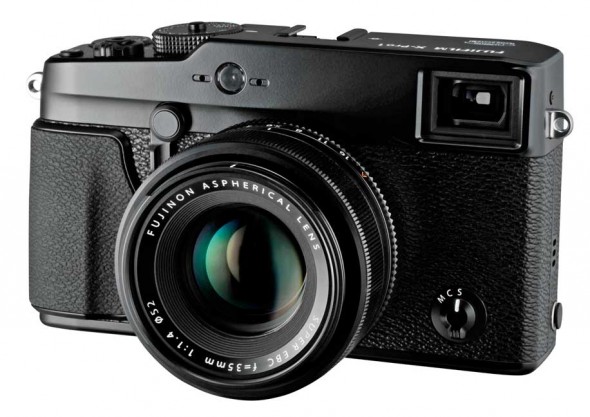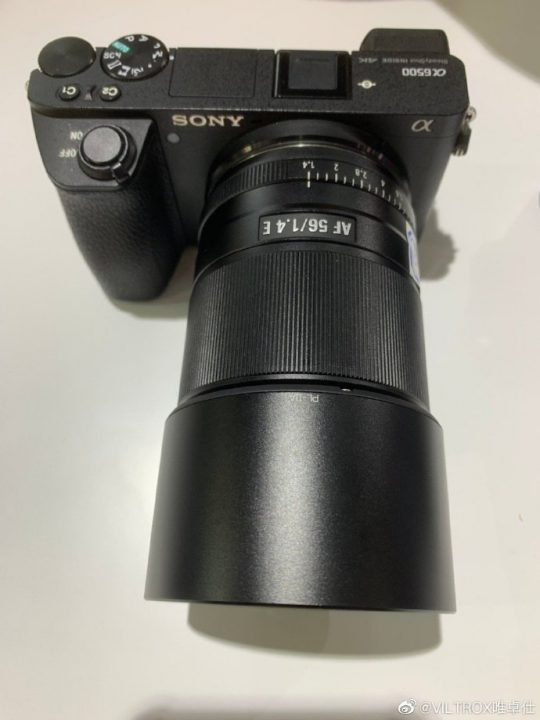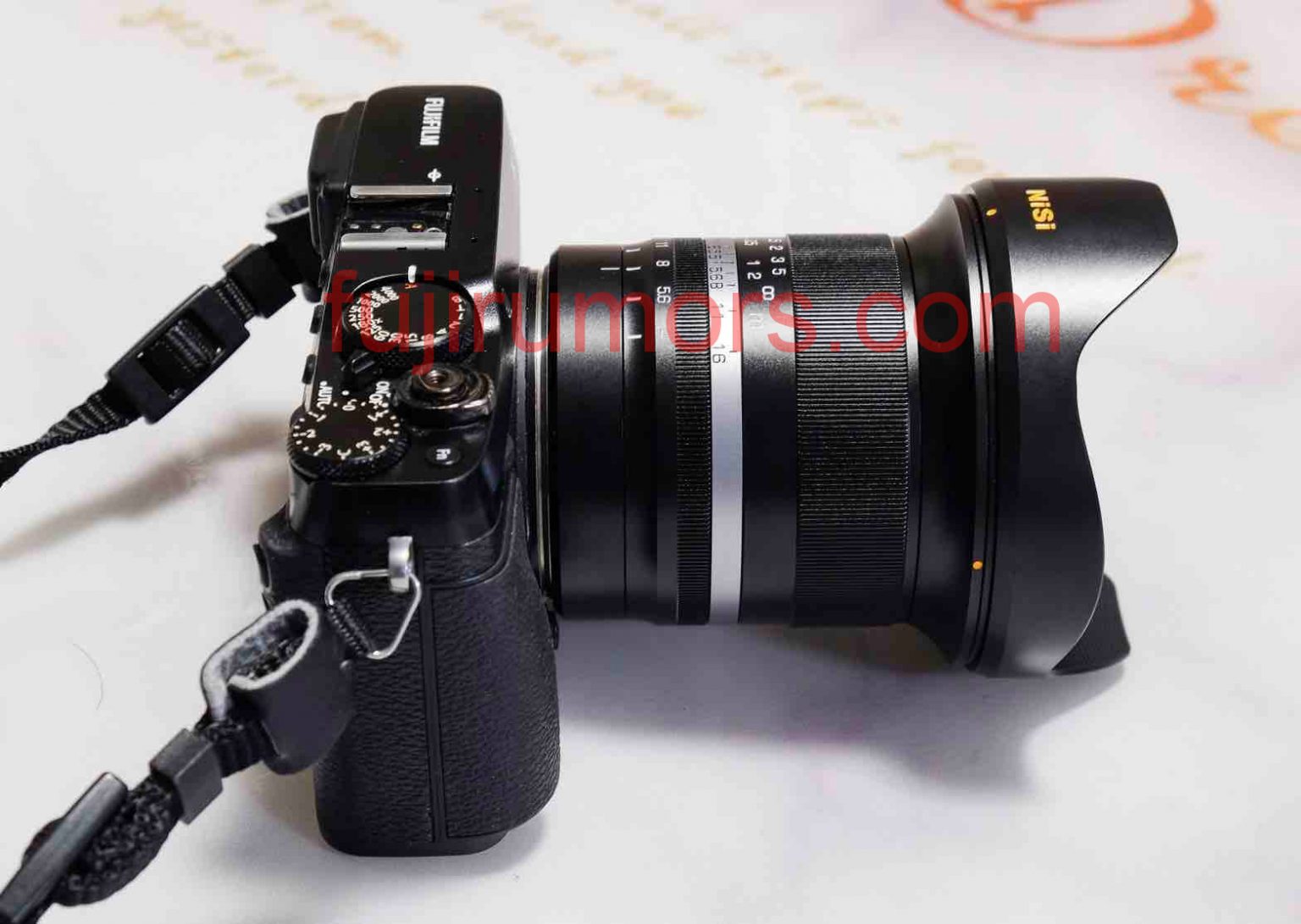

The X-Pro3 has additional settings to tweak the results of the in-camera JPGs that you won’t find on the X-Pro2.
Fuji xpro 4 rumors pro#
They include: Provia (Standard), Velvia (Vivid), Astia (Soft), Classic Chrome, PRO Neg Hi, PRO Neg Std, Black & White (with Yellow, and Green Filter options), Sepia and ACROS (with Yellow, and Green Filter options). The X-Pro3 also has the Eterna profile, which is designed for video and colour correction in post.Īll the other Film Simulation modes are the same on both cameras. According to Fujifilm, it is designed to emulate colour negative film used for everyday shots with rich chromatic contrast. Over the years, the company has introduced a new profile with each generation of camera.

They are inspired by the brand’s own 35mm film production. Classic Neg and image quality settingsįilm simulation modes is Fujifilm’s name for colour profiles, or picture styles. It shares these specifications with the X-T3 and X-T30.Ģ.

The X-Pro3 inherits the fourth generation X-Trans sensor with 26.1MP and a BSI (back-illuminated) design, as well as the X-Processor 4. It is the same technology seen in the X-T2, X-T20, X-E3 and X-H1 mirrorless cameras. The X-Pro2 uses the third generation X-Trans APS-C sensor, which features 24.3MP, and the third generation X-Processor Pro engine.
Fuji xpro 4 rumors full#
To know more about our ethics, you can visit our full disclosure page. If you buy something after clicking the link, we will receive a small commission. Within the article, there are affiliate links. We were not asked to write anything about these products, nor were we provided with any sort of compensation. What the X-Pro2 and X-Pro3 have in common:Įthics statement: the following is based on our direct experience with the X-Pro2 and official information about the X-Pro3. In this comparison preview, we take a look at the major improvements the X-Pro3 brings compared to its predecessor, the X-Pro2.
Fuji xpro 4 rumors series#
The X-Pro series may not sell as well as the other two, but it has held on to a faithful audience that appreciates the unique shooting experience more than technical specifications. This time it comes after other cameras of the same generation, the popular X-T3 and X-T30, which offer advanced video capabilities. Seven years after the beginning of the interchangeable-lens X-series, the X-Pro3 arrives. Then came the X-Pro2 which, in addition to inaugurating the third-generation sensor and processor, also brought important upgrades in image quality and autofocus performance. I remember it quite well because from the start, it provided a unique user experience thanks to its hybrid viewfinder and retro style dials (the same concept as the X100 series that began one year earlier). The X-Pro1 marked the birth of the Fujifilm interchangeable-lens series.


 0 kommentar(er)
0 kommentar(er)
